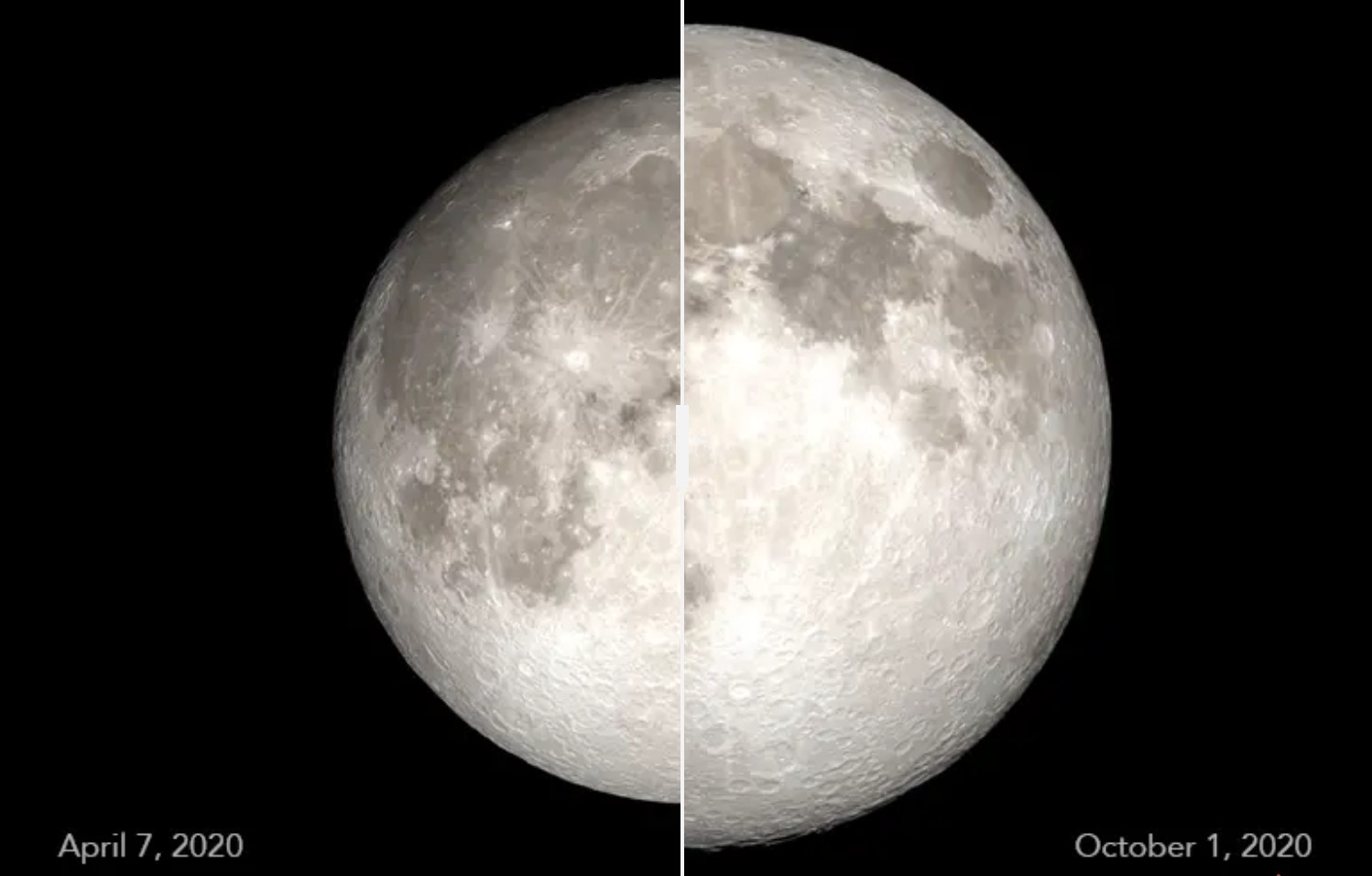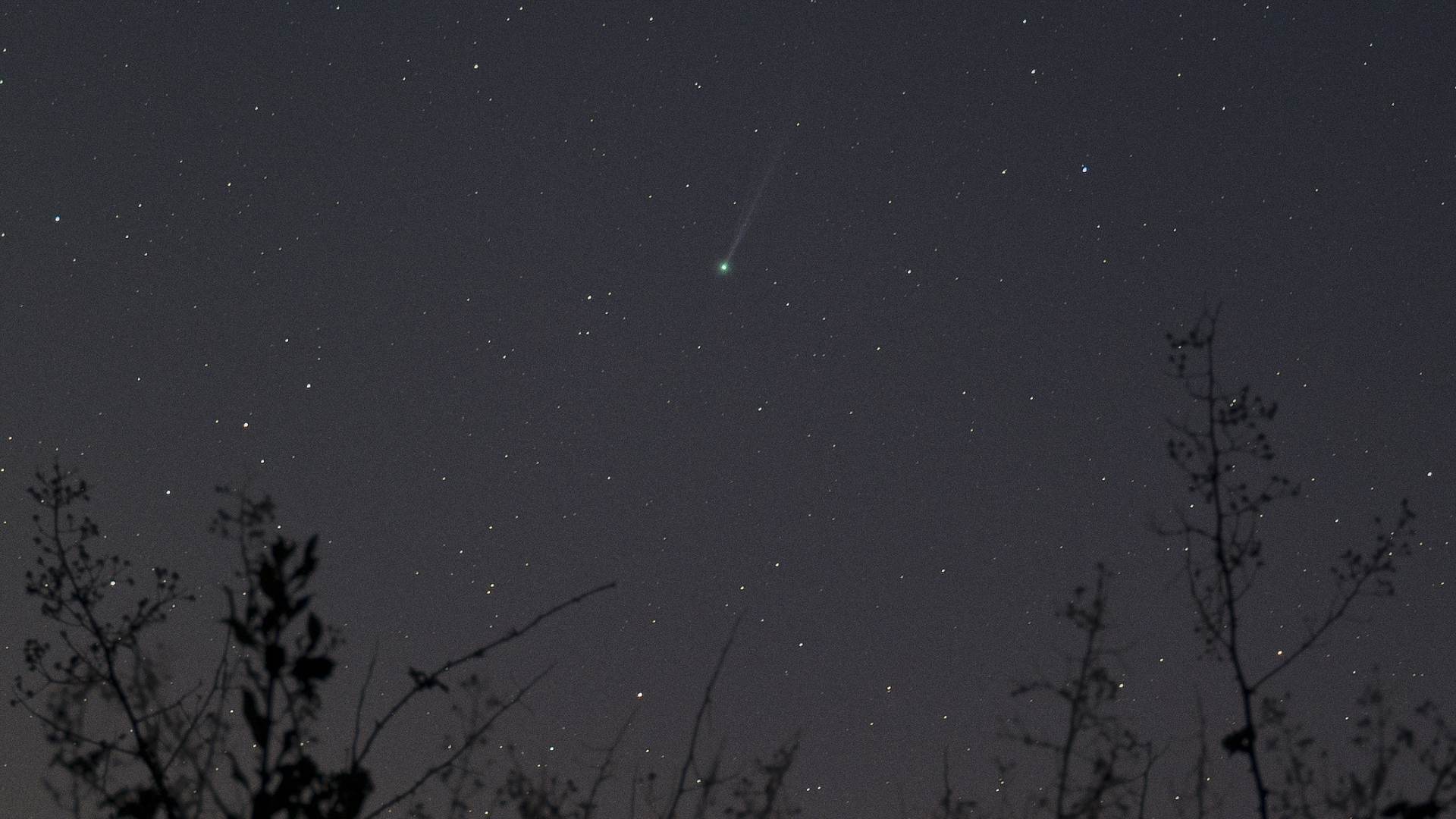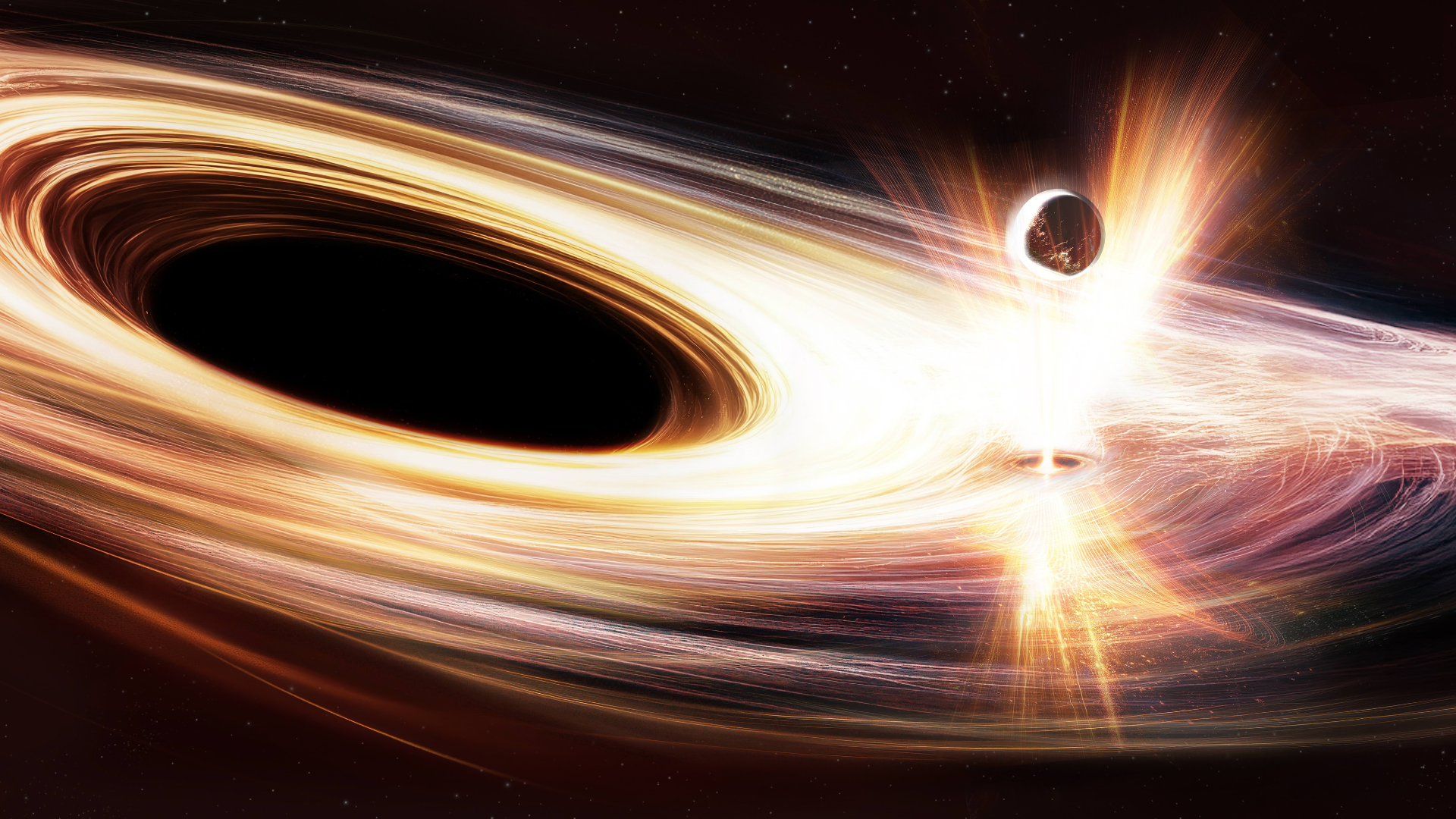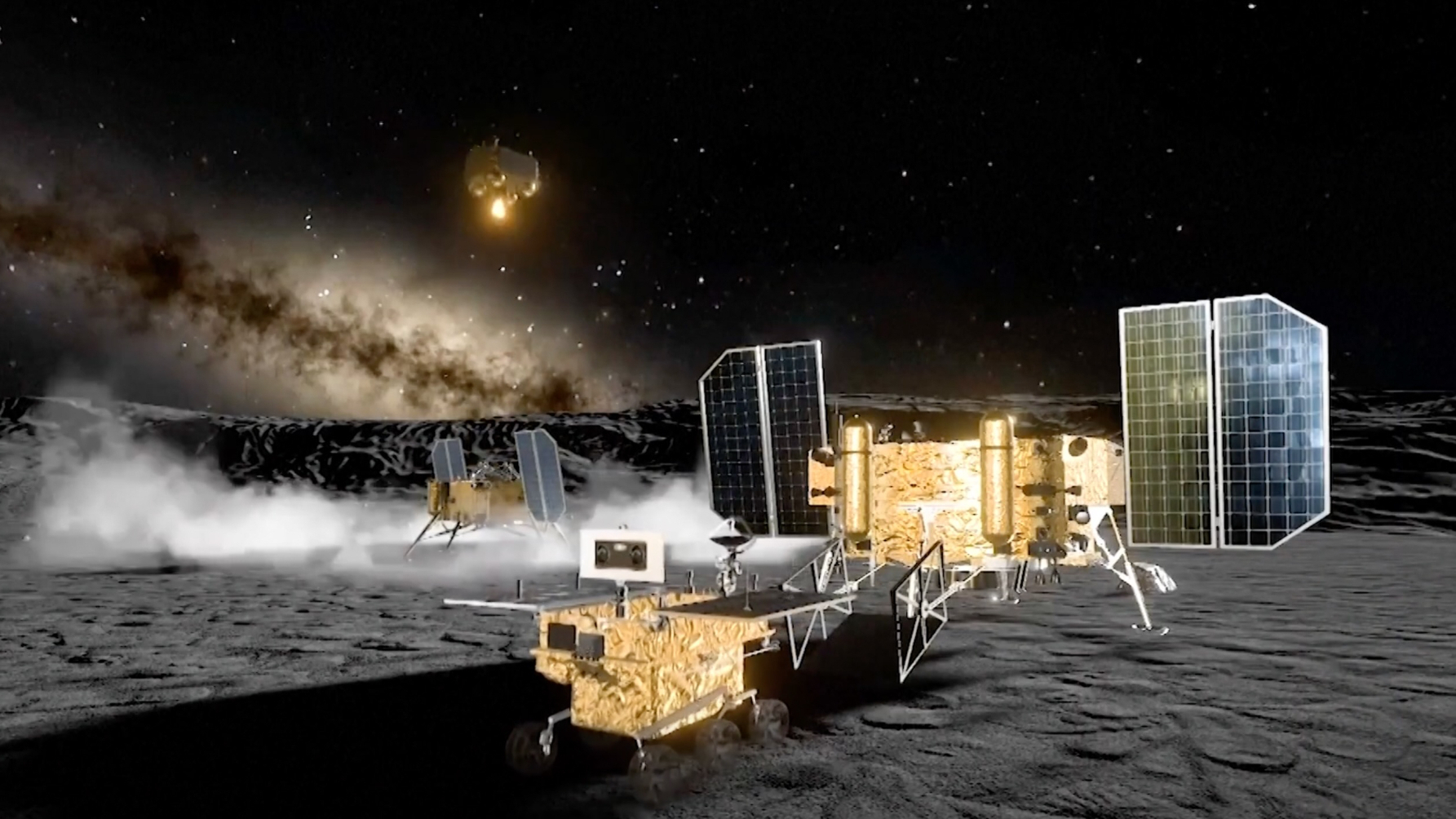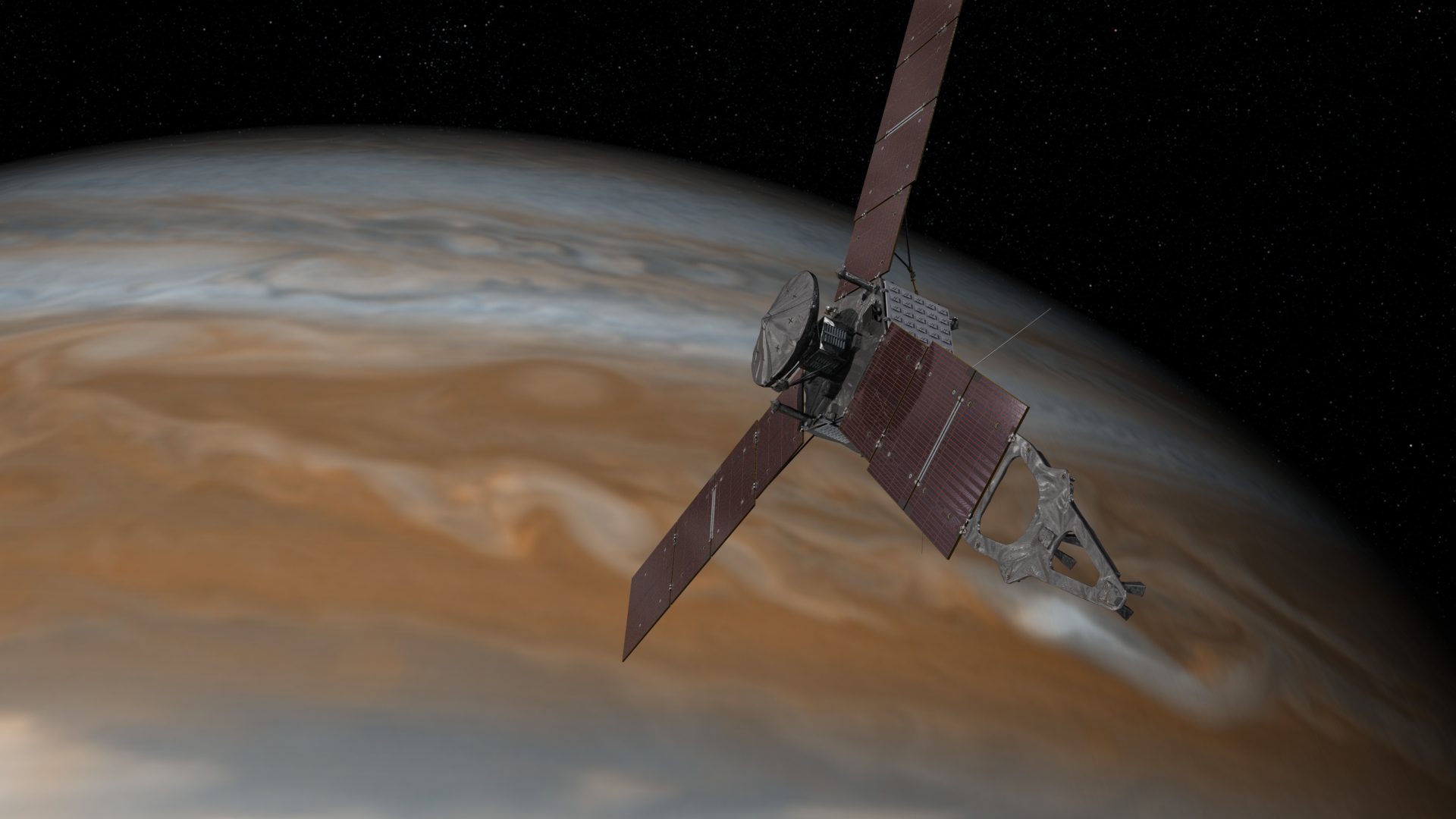Is there life out there? The existence of other technological species is highly likely
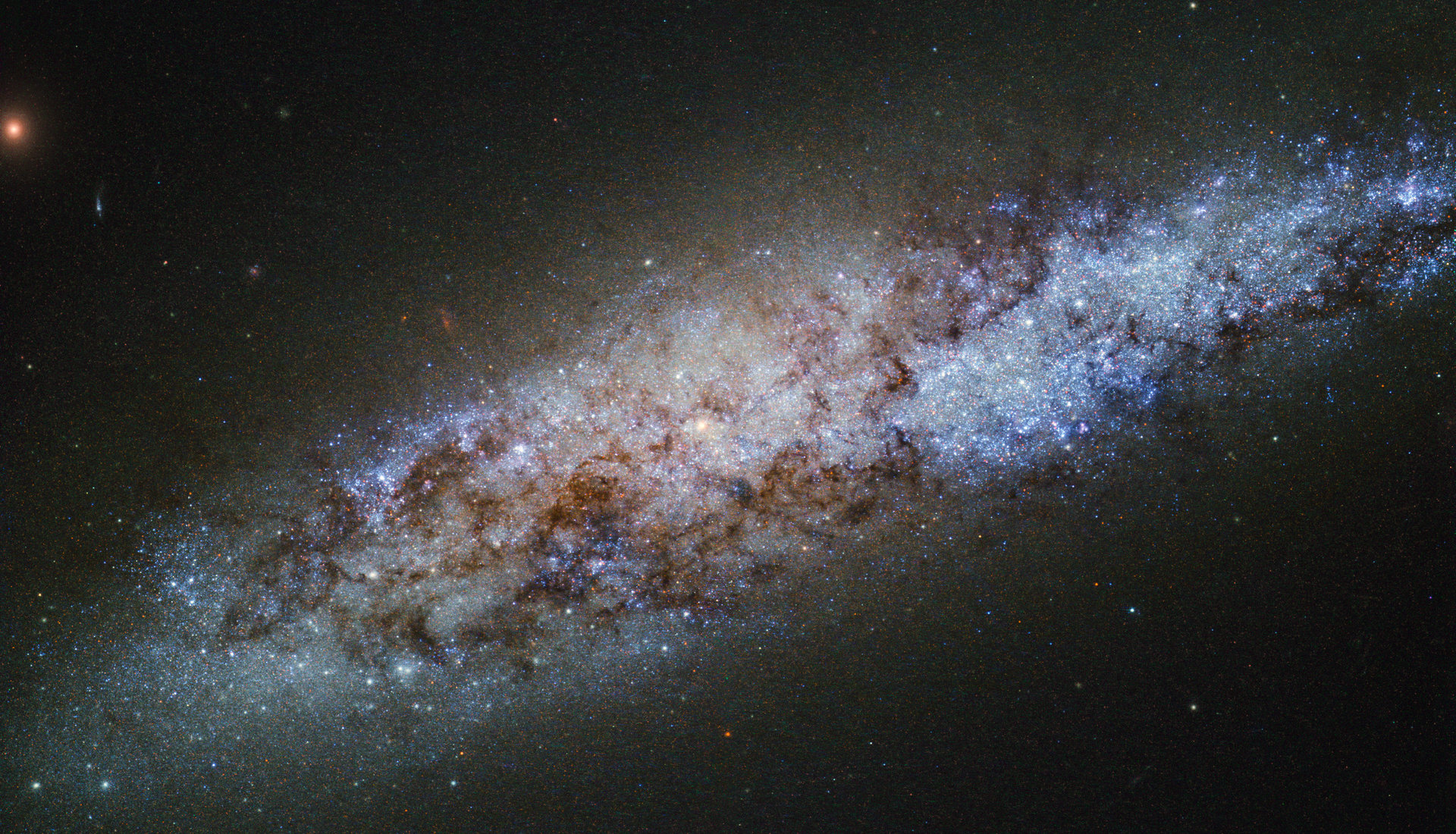
We live in a golden age for space exploration. Scientists are gathering massive amounts of new information and scientific evidence at a record pace. Yet the age-old question remains unanswered: are we alone?
New telescope technologies, including space-based tools such as the James Webb Telescope, have enabled us to discover thousands of potentially habitable exoplanets that could support life similar to that on Earth.
Gravitational wave detectors have opened a new avenue for space exploration by detecting space-time distortions caused by black holes and supernovae millions of light-years away.
Commercial space ventures have further accelerated these advancements, leading to increasingly sophisticated spacecraft and reusable rockets, signifying a new era in space exploration.
NASA’s OSIRIS-REx mission successfully touched down on asteroid Bennu when it was 207 million miles away from Earth and brought back rock and dust samples.
Several countries have developed the ability to deploy robots on the moon and Mars, with plans to send humans to these celestial bodies in the future.
A central driver of all these ambitious endeavours is still that fundamental question of whether life exists — or ever existed — elsewhere in the universe.
Get the Space.com Newsletter
Breaking space news, the latest updates on rocket launches, skywatching events and more!
Defining life
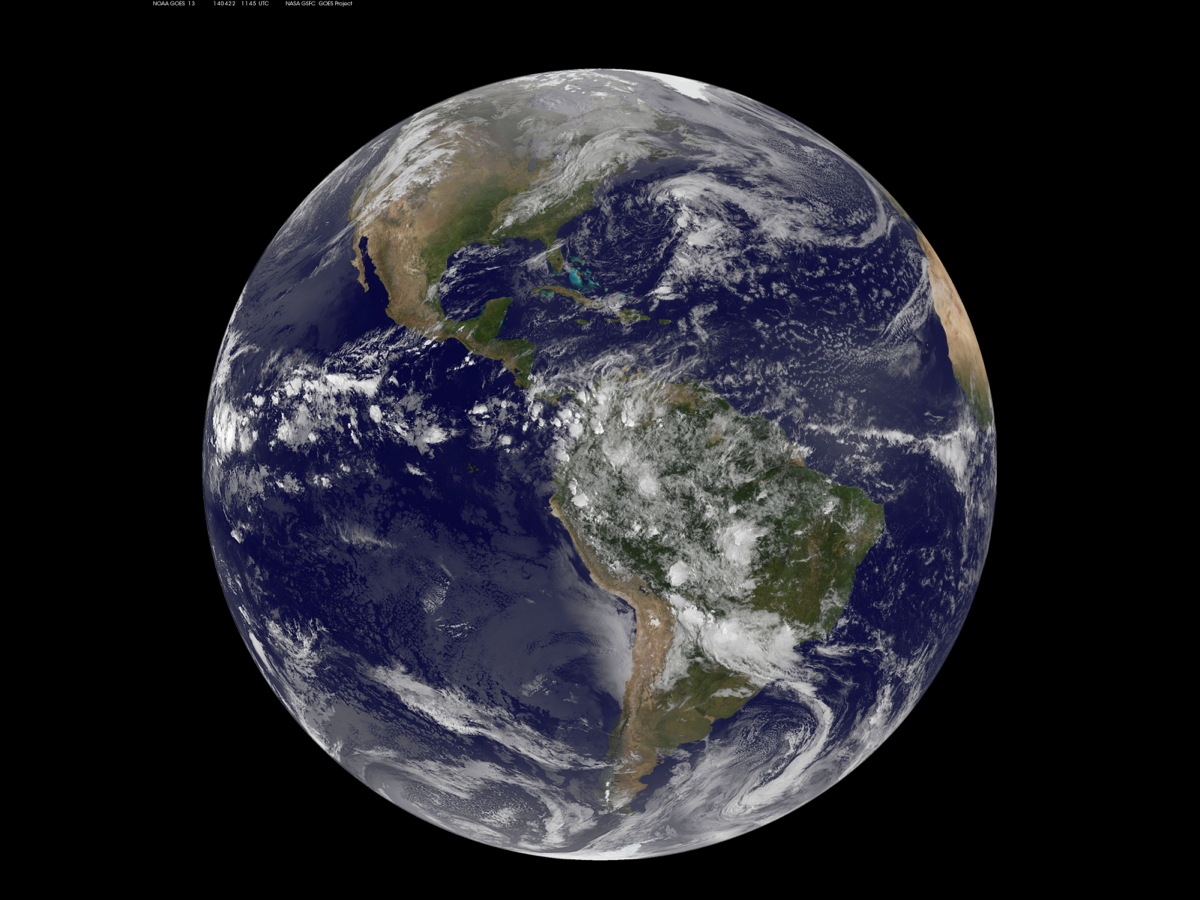
Defining life is surprisingly challenging. While we intuitively recognize living organisms as having life, a precise definition remains elusive. Dictionaries offer various descriptions, such as the ability to grow, reproduce and respond to stimuli.
But, even these definitions can be ambiguous.
A more comprehensive definition considers life as a self-sustaining chemical system capable of processing information and maintaining a state of low entropy with little disorder or randomness.
Living things constantly require energy to sustain their molecular organization and maintain their highly organized structures and functions. Without this energy, life would quickly descend into chaos and disrepair. This definition encompasses the dynamic and complex nature of life, emphasizing its ability to adapt and evolve.
Life on Earth, as we currently understand it, is based on the interplay of DNA, RNA and proteins. DNA serves as the blueprint of life, containing the genetic instructions necessary for an organism’s development, survival and reproduction. These instructions are converted into messages that guide the production of proteins, the workhorses of the cell that are responsible for a vast array of functions.
This intricate system of DNA replication, protein synthesis and cellular processes — all based on long strings of molecules linked by carbon atoms — is fundamental to life on Earth. However, the universe may harbour life forms based on entirely different principles and biochemistries.
Something other than carbon

Life elsewhere could use different elements as building blocks. Silicon, with its chemical similarities to carbon, has been proposed as a potential alternative.
If they exist, silicon-based life forms may exhibit unique characteristics and adaptations. For instance, they might use silicon-based structures for support, analogous to bones or shells in carbon-based organisms.
Even though silicon-based organisms have not yet been found on Earth, silicon plays an important role in many existing life forms. It is an important secondary component for many plants and animals, serving structural and functional roles. For example, diatoms, a type of algae found in the ocean, feature glassy cell walls made of transparent silicon dioxide.
This doesn’t make diatoms silicon-based life forms, but it does prove silicon can indeed act as a building block of a living organism. But we still don’t know if silicon-based life forms exist at all, or what they would look like.
The origins of life on Earth

There are competing hypotheses on how life arose on Earth. One is that life’s building blocks were delivered on or in meteorites. The other is that those building blocks came together spontaneously via geochemistry in our planet’s early environment.
Meteorites have indeed been found to carry organic molecules, including amino acids, which are essential for life. It’s possible that organic molecules formed in deep space and were then brought to Earth by meteorites and asteroids.
On the other hand, geochemical processes on early Earth, such as those occurring in warm little ponds or in hydrothermal vents deep in the ocean, could have also provided the necessary conditions and ingredients for life to emerge.
However, no lab has yet been able to present a comprehensive, certain pathway to the formation of RNA, DNA and the first cellular life on Earth.
Many biological molecules are chiral, meaning they exist in two forms that are mirror images of each other, like left and right hands. While both left- and right-handed molecules are typically naturally produced in equal amounts, recent analyses of meteorites have revealed a slight asymmetry, favouring the left-handed form by as much as 60 percent.
This asymmetry in space-derived organic molecules is also observed in all biomolecules on Earth (proteins, sugars, amino acids, RNA and DNA), suggesting it could have arisen from the slight imbalance delivered from space, supporting the theory that life on Earth is extraterrestrial in origin.
Chances of life

The slight imbalance in chirality observed in many organic molecules could be an indicator that life on Earth originated from the delivery of organic molecules by extraterrestrial life. We could well be descendants of life that originated elsewhere.
The Drake equation, developed by astronomer Frank Drake in 1961, provides a framework for estimating the number of detectable civilizations within our galaxy.
This equation incorporates factors such as the rate of star formation, the fraction of stars with planets and calculates the fraction of those planets where intelligent life may emerge. An optimistic estimate using this formula suggests that 12,500 intelligent alien civilizations might exist in the Milky Way alone.
The primary argument for extraterrestrial life remains probabilistic: considering the sheer number of stars and planets, it seems highly improbable that life wouldn’t have arisen elsewhere.
The probability of humanity being the sole technological civilization in the observable universe is considered to be less than one in 10 billion trillion. Additionally, the chance of a civilization developing on any single habitable planet is better than one in 60 billion.
With an estimated 200 billion trillion stars in the observable universe, the existence of other technological species is highly likely, potentially even within our Milky Way galaxy.
Join our Space Forums to keep talking space on the latest missions, night sky and more! And if you have a news tip, correction or comment, let us know at: community@space.com.

STAFF WRITER, E-commerce — Alex joined Space.com in June 2021 as staff writer covering space news, games, tech, toys and deals. Based in London, U.K. Graduating in June 2020, Alex studied Sports Journalism in the North East of England at Sunderland University. During his studies and since his graduation, Alex has been featured in local newspapers and online publications covering a range of sports from university rugby to Premier League soccer. In addition to a background in sports and journalism, Alex has a life-long love of Star Wars which started with watching the prequel trilogy and collecting toy lightsabers, he also grew up spending most Saturday evenings watching Doctor Who.
-
ChrisA The Drake equation would be usfull, but you have to also run the "error bars" or uncertainty through it. This way don't just get that there are 12,000 civiizations but rather "There are between zero and 12,000,000 civilizations". You need to put the 6-sigma error bars on all the numbers or the result is just a guess multiplied by another gues and by another and so on.Reply
SETI is a more direct way to estimate the number. So far SETI is saying the civilizations that use radio are at most, very rare.
Another way to estimate is to "sample" Earth over the last 1.2 trillion days. Over all those days, some billion of them had no life at all, the largest group had only bacteria-like life. Eukoriotic cells existed for some billions of days and technological like (with radio) existed for some 400,000 out of those 1.2 trillion days
If we assume (optimistically) that Earth is typical then 400,000 out of 1.2 trillion planets will have radio technology.
Beinbg even more optimistic, we can explain the fact that we don't detect these radios is because a more advanced civilization would not waste energy be radiating it to space like we do. The most advanced civilizations would look "dark" and be invisible because all visible light is a waste of energy
Even on Earth technological life ios very rare haveing been present only about 400,000 days out of the trillions of days the Earth has existed. -
ZenGalacticore While we may be the only technological species in the Milky Way Galaxy, or perhaps one among a handful, I would dare not presume that we're the only one in the entire Universe!Reply
Life itself is probably fairly common, but relatively rare. I know that sounds like a contradiction, but let me explain:
Life itself, as we know it and don't know it, is probably fairly common. Bacteria, algae, viruses, 'green slime' and other micro-organisms may be prolific. But big animals, like dinosaurs, reptiles, birds and mammals may be comparatively rare.
And intelligent creatures like dolphins, elephants, octupuses, crows, parrots and owls, cats and dogs, may be even more rare. And intelligent creatures like humans, who can build spacecraft, radio telescopes and toasters, may be EXTREMELY rarer still!
But even if there are, "12,000" technical civs in our Galaxy alone, we are unlikely to ever make physical contact with them, or they with us. We all will forever be separated by vast distances of space, and epochs of time.
-- Zen Galacticore -
AboveAndBeyond The article isn't very good at making a case that "the existence of other technological species is highly likely". Sure, the probablity is not exactly zero, but how much bigger than that is not known.Reply -
cacarr It's near certain they do not exist in our galaxy. And highly unlikely they exist in the Local Group.Reply
Any other extant technological intelligence that's anywhere near us is extremely likely to be far older than us. If an 800-million-year-old tech civ existed in our galaxy, we likely would not exist, as they would have paved over the whole galaxy, so to speak, long before hominins evolved.
Technological civilizations are almost certainly very, very far away.

